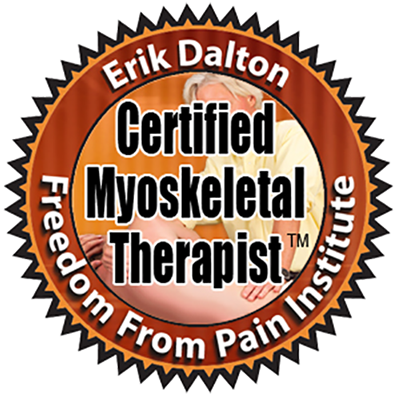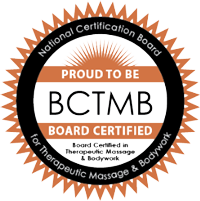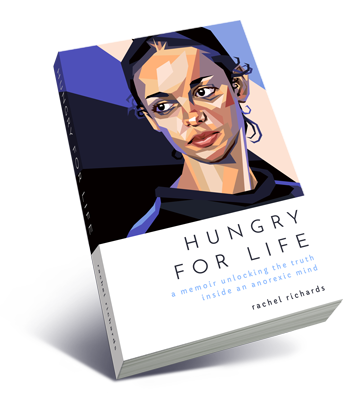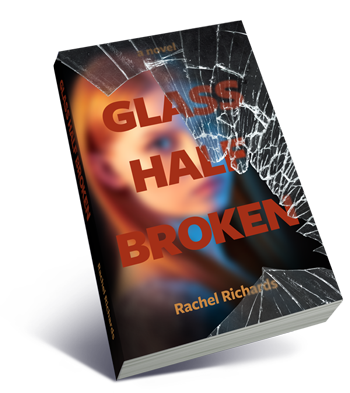News: October 2025
Debunking the Pain-Posture Story
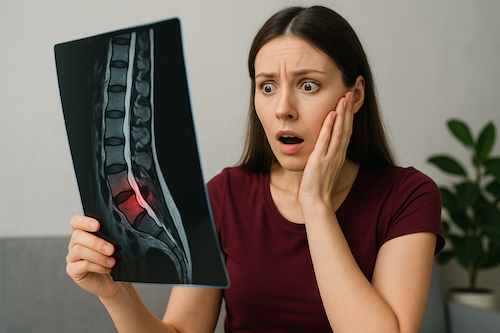 If you've ever gone to a health professional about pain, you may have heard something like this:
If you've ever gone to a health professional about pain, you may have heard something like this:
- "Your hips are out of alignment."
- "One leg is shorter than the other."
- "It's your posture."
- "You need to strengthen your core."
On their own, these are structural explanations. You know that song: "The hip bone's connected to the back bone ..." But when professionals lean too heavily on these explanations - when they assume that anatomical asymmetries are the main cause of pain - that's what pain science writer Paul Ingraham calls structuralism.
Structuralism is the worldview that blames pain primarily on physical imbalances: tilted pelvises, leg-length discrepancies, "abnormal" spinal curves, or "misaligned" joints. It sounds scientific, even comforting, because it offers a simple and seemingly logical explanation for our pain that we can villainise and then work on "fixing" - which often involves a significant investment of money and time. But the research continuously tells us these structural findings don't explain pain nearly as well as we'd like to think.
When Structure Doesn't Match Pain
Science has been poking holes in structuralism for decades:
- Posture and pain don't line up. People with slouched or "forward head" posture often have no pain, while many with upright, "ideal" posture struggle constantly.
- Leg length differences are common. Up to a centimeter (sometimes more) is completely normal - and usually symptom-free. Yet many people have been told their uneven legs are the culprit.
- Pictures Don't Equal Pain. What shows up on a scan often has nothing to do with symptoms. MRIs and X-rays often show disc bulges, arthritis, or degeneration in people with zero symptoms, while others in severe pain show nothing remarkable at all.
- Structural fixes don't always fix. Massage, chiropractic adjustments, or physical therapy aimed at "realigning" the body don't consistently outperform more relaxation-based care when tested in long-term studies.
That doesn't mean structure never matters. Of course it does - in obvious situations like fractures, severe arthritis, or major injuries. But most everyday aches and chronic pains have little to do with poor posture, misalignments, or imaging results.
If Not Structure, Then What?
To say pain is complex is putting it mildly. It's best understood not as a single mechanical problem but as an emergent experience influenced by many overlapping systems. Some factors include:
- Neurological sensitivity - nerves and the spinal cord can become overprotective and hypersensitive, turning up the volume on pain.
- Biochemistry - inflammation, hormones, and immune activity can dial pain up or down.
- Psychological factors - stress, anxiety, mood, and trauma shape how pain is felt and interpreted.
- Social context - support, isolation, work stress, and even cultural beliefs about pain matter.
- Lifestyle influences - sleep quality, movement, nutrition, and general health weigh in heavily.
- And yes, structure too - but usually only in specific, obvious cases, not as a blanket explanation for most pain.
This is messy - but it's also hopeful. Because if pain has many contributors, then there are many possible entry points for relief.
Why This Matters for You
Here's the real harm of structuralism: it can make people feel fragile, broken, or dependent on someone else to "fix" them. Chasing perfect alignment is unlikely to help much, if at all. And that's assuming it's even possible to change one's alignment.
The truth is far more encouraging:
- Anatomical quirks are normal. Nobody has a perfectly symmetrical body.
- Pain doesn't always mean damage. The body can hurt without being broken.
- You are adaptable. Your nervous system, immune system, and muscles are capable of change.
- Healing has many doors. Just like pain, recovery is multi-factorial.
So how does massage help? Massage therapy can alleviate pain not because it "realigns" your bones or fixes muscular imbalances, but because it helps calm your nervous system, reduce tension, support sleep, restore a sense of ease, and remind your body it's safe so that you can move and function more freely in life. If you work with me, you know that pain education, wellness coaching, and self-care practices are also an important part of the equation.
The Takeaway
We've been given a simple story: pain comes from bad structure, so fix the structure and the pain goes away. It's neat, but it's not true enough to be useful.
The fuller story is richer, more complex, and more empowering: pain emerges from a mix of neurology, biochemistry, psychology, lifestyle, environment, and sometimes structure. Which means relief can come from many angles - not just "fixing" your posture.
Your body isn't a fragile machine in need of constant adjustments. It's resilient, adaptable, and not nearly as broken as you may have been led to believe. Just knowing that might be a source of relief!
Source: Paul Ingraham, "Your Back Is Not Out of Alignment"
Calm Your Nervous System:
Self-Massage for Stress, Anxiety & Overthinking Relief
Feeling anxious, overwhelmed, or on edge? You're not alone - and your body can help you heal. In this guided video, I'll walk you through a deeply calming self-massage routine designed to regulate your nervous system, relieve stress and anxiety, and help you feel more grounded, centered, and clear-headed.
You'll learn:
- How to activate your parasympathetic (rest + digest) nervous system
- Soothing scalp, jaw, ear, and neck massage techniques
- The power of breathwork and self-touch to calm your mind
- How to shift out of reactivity and into clarity
Perfect if you're feeling frazzled, overstimulated, or stuck in your head. No tools or experience needed - just your hands and a few quiet minutes.
What's new with me ...
Sienna is super excited about fall - her favorite season. Every day after school, we swing on the playground, tell stories, and admire the changing leaves.
Looking forward to a family adventure to Peddler's Village tomorrow to enjoy the shops and scarecrows!
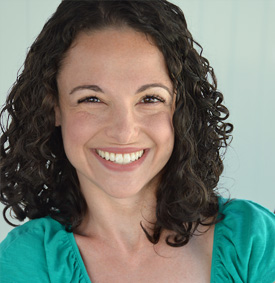
Call or text me today
917-359-8641
I'd be happy to answer
any questions you have!
Massage@Rachel-Richards.com
Subscribe to my Youtube channel!
Did you know?


